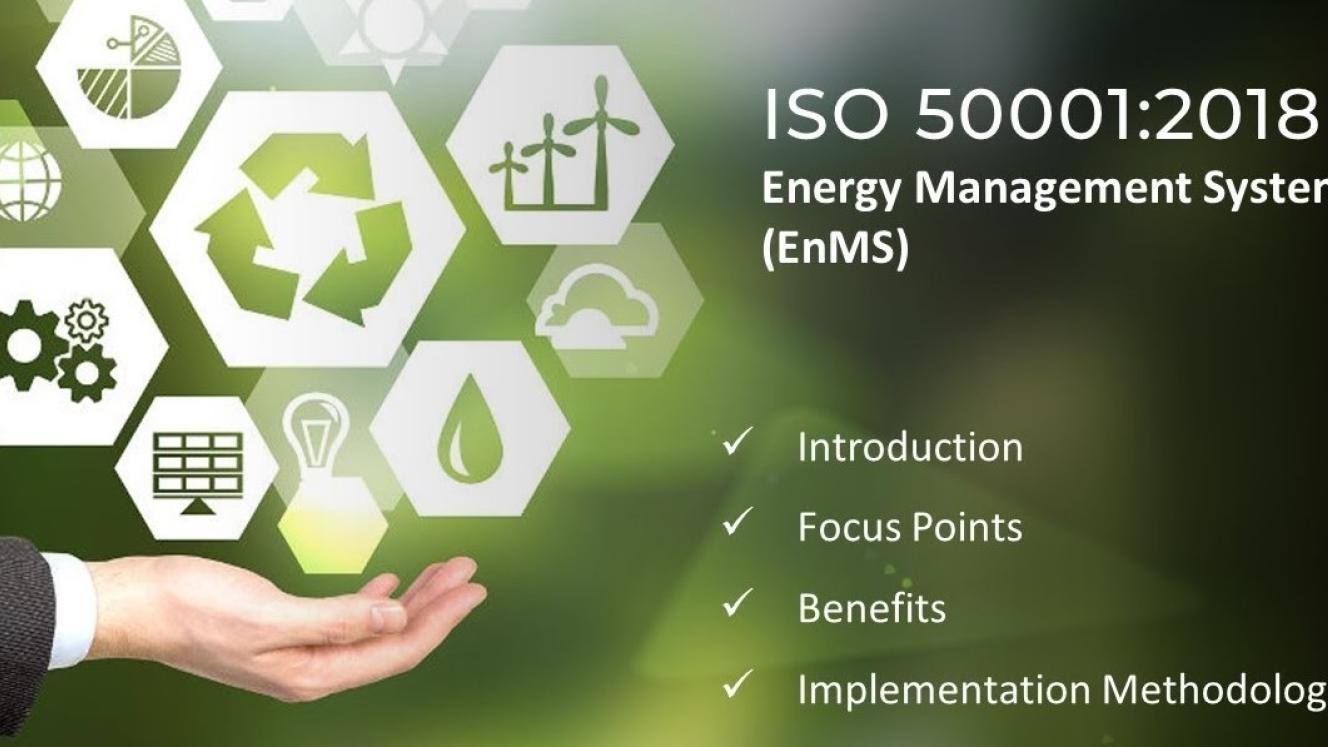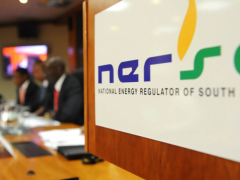by Gareth Swart, WWISE
There is not a business in South Africa that isn’t hurting because of load shedding. While there were several months of relative “reprieve” in the form of Stage 2 and 3 outages, the colder weather forced Eskom to announce a return to Stage 6 levels.
Economists say there won’t be any let-up in summer either, as this is traditionally when the power utility undertakes plant and system maintenance. It is estimated that load-shedding has already cost South Africa about R1,2-trillion.

Though efforts are being made to source privately produced energy to pump into the grid, this is a drawn-out process that for the moment is having little to no impact on businesses having to spend small fortunes on generators to maintain day-to-day operations.
Solar solutions are certainly on many companies’ radars and, while expensive, these do make a difference. But alternative energies are not the only mitigation measure than can be employed.
ISO 50001:2018, for example is an international standard that provides a framework for organisations to establish, implement, maintain and improve an energy management system (EnMS).
Implementation helps businesses to enhance their energy performance, increase energy efficiency, and reduce energy-related costs and environmental impacts.
By following the standard's guidelines, they can establish clear roles and responsibilities, define processes and set targets for energy performance improvement. This streamlines operations, reduces ambiguity and saves time that would otherwise be spent on ad hoc energy management approaches.
Costs are also reduced, and waste minimised through energy efficiency improvements. Furthermore, better operational effectiveness may result in cost savings in other areas of the business.
ISO 50001:2018 works by:
- Establishing the EnMS to develop a systematic approach to managing energy. This includes defining an energy policy, setting energy objectives and establishing a team responsible for implementing and maintaining the EnMS.
- Conducting an energy review to identify significant energy uses and consumption patterns. Based on this review, the organisation can establish energy performance indicators and set targets to improve energy efficiency and reduce energy consumption.
- Establishing a baseline of energy consumption and performance. This provides a reference point to measure improvements and track progress over time.
- Improving energy performance through the implementation of energy management best practices and technologies. This can include measures such as optimising processes, upgrading equipment, implementing energy-efficient technologies and promoting employee awareness and engagement.
- Measuring and monitoring the organisation’s energy consumption and performance data. This helps identify areas for improvement, evaluate the effectiveness of energy-saving initiatives, and make data-driven decisions.
- Regularly conducting management reviews to evaluate the EnMS's performance, identifying opportunities for improvement and making informed decisions regarding resource allocation and strategic direction.
The standard emphasises data-driven decision-making through the measurement and analysis of energy performance data. By collecting and analysing energy-related information, organisations gain insights into their energy usage patterns, identify areas for improvement and make informed decisions regarding energy management initiatives. This helps prioritise resources, allocate budgets effectively, and reduce the risk of investing in ineffective energy-saving measures.
It is also important to note is that ISO 50001 promotes a culture of energy awareness and engagement throughout an organisation. By involving employees in these initiatives, they can tap into their knowledge, ideas and enthusiasm for energy-saving.
Companies should review their energy performance regularly and always aim to set new objectives. By continuously striving for improvement, businesses can adapt to changing energy constraints, technologies and market conditions, reducing the stress associated with sudden energy-related challenges.
Depending on the maturity and complexity of the organisation’s processes, implementation of ISO 50001 can take anywhere between six months and two years.
Effective leadership is crucial
Leadership needs to be committed to reducing energy consumption throughout the organisation. To ensure that the energy management system is working in a coherent and consistent way, the organisation will need to establish and standardise how it carries out day-to-day operations as well as how it addresses irregularities and opportunities for improvement.
This helps to reduce variation in energy consumption and bring the organisation closer to its objectives, ensuring sustainable long-lasting energy and cost benefits.
About the author
Gareth Swart is a senior process engineer at WWISE, a specialist on the South African International Organisation for Standardisation (ISO).
Send your comments to rogerl@nowmedia.co.za













